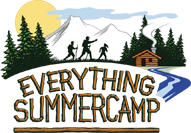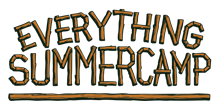Hey, Hockey Fans!
If you were made for the ice, don’t think twice—find yourself an ice hockey camp where you can really develop your skills on the rinks. This sport has no official beginnings as it was simply the winterized version of a field game called Hurley. They simply called it ‘Hurley on the Ice’. But what started small in the Canadian province of Nova Scotia, became Ice Hockey and spread all across the country and gained much in popularity by the very beginning of the 19th Century.
If fortunate enough to find an Ice Hockey Camp for yourself, here are some of the skills you can expect to learn: 
Skating
Skating is the most fundamental part of Ice Hockey. You need to be a strong skater. Develop your skating and the rest of will follow. Mastering your forward skating, backward skating, and your over-speed abilities are essential for any good hockey player.
Dribbling
Much like Basketball, you need to be in constant control over the puck when moving it. This means shuffling he puck, maintaining its forward motion and position several feet in front of you. Dribbling is crucial to moving anywhere on the rink with the puck.
Passing and Shooting
Finally, you’ll learn to get rid of the puck with control, directing it to either a fellow teammate or at the goal. You’ll pick up on the different styles of shot you can take and ‘leading’ your passes—not aiming for your teammate, but where your teammate is going to be by the time the puck would reach them.
With just these three or four dynamics to the game, you can really make some big strides in your level of performance. Find the right Ice Hockey camp to suit you such as Liberty Hockey Summer Camp. Watch their promotional video below and check them out when you click here. As always, thanks for reading, Camp Fans!
- John







